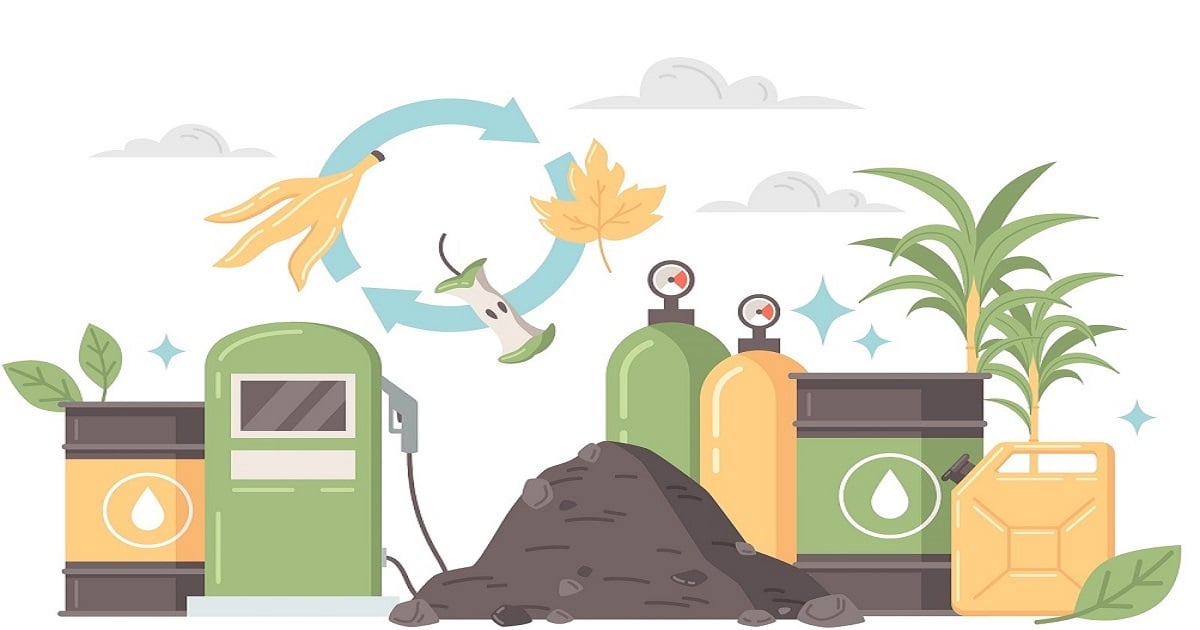Progress on Biomass Processing and Conversion
A special issue of Processes (ISSN 2227-9717). This special issue belongs to the section "Biological Processes and Systems".
Deadline for manuscript submissions: 10 December 2025 | Viewed by 5396

Special Issue Editor
Interests: anaerobic digestion; pretreatment; circular economy
Special Issues, Collections and Topics in MDPI journals
Special Issue Information
Dear Colleague,
In recent years, biomass has gained popularity as a renewable energy source, as utilizing waste biomass derived from the agri-food business aligns with the concept of a zero-waste (circular) economy. Consequently, this will decrease the utilization of biomass, such as wood, for energy-related activities, and alleviate the strain on ecological systems caused by human activities. Moreover, the mitigation of waste generation serves to diminish the adverse environmental consequences caused by human activities. Unfortunately, the utilization of a portion of biomass as a substrate for biotechnological activities is challenging due to its inherent structure. This is mostly attributed to its composition, specifically the presence of cellulose, hemicellulose, and lignin. To enhance the accessibility of basic organic compounds to the microorganisms engaged in biotechnological activities, it is imperative to conduct pre-treatment procedures. The classification of these processes encompasses three primary categories, namely biological, chemical, and physical. By carefully selecting the appropriate method for the specific type of biomass utilized, it is frequently possible to significantly enhance the output yield. Pretreatment is a technique commonly employed in energy-generating processes, such as the production of methane, hydrogen, or ethanol. The effective execution of biomass conversion yields valuable products that can be utilized in chemical synthesis processes within the context of green chemistry. Nevertheless, it is important to acknowledge that biomass conversion processes might potentially harm both human health and the environment.
This Special Issue aims to present and disseminate the latest advancements in biomass. The submission of original articles and reviews related to this topic is welcome.
Dr. Jarosław Domański
Guest Editor
Manuscript Submission Information
Manuscripts should be submitted online at www.mdpi.com by registering and logging in to this website. Once you are registered, click here to go to the submission form. Manuscripts can be submitted until the deadline. All submissions that pass pre-check are peer-reviewed. Accepted papers will be published continuously in the journal (as soon as accepted) and will be listed together on the special issue website. Research articles, review articles as well as short communications are invited. For planned papers, a title and short abstract (about 100 words) can be sent to the Editorial Office for announcement on this website.
Submitted manuscripts should not have been published previously, nor be under consideration for publication elsewhere (except conference proceedings papers). All manuscripts are thoroughly refereed through a single-blind peer-review process. A guide for authors and other relevant information for submission of manuscripts is available on the Instructions for Authors page. Processes is an international peer-reviewed open access monthly journal published by MDPI.
Please visit the Instructions for Authors page before submitting a manuscript. The Article Processing Charge (APC) for publication in this open access journal is 2400 CHF (Swiss Francs). Submitted papers should be well formatted and use good English. Authors may use MDPI's English editing service prior to publication or during author revisions.
Keywords
- biomass conversion
- energy production
- methane
- hydrogen
- ethanol
- pretreatment
Benefits of Publishing in a Special Issue
- Ease of navigation: Grouping papers by topic helps scholars navigate broad scope journals more efficiently.
- Greater discoverability: Special Issues support the reach and impact of scientific research. Articles in Special Issues are more discoverable and cited more frequently.
- Expansion of research network: Special Issues facilitate connections among authors, fostering scientific collaborations.
- External promotion: Articles in Special Issues are often promoted through the journal's social media, increasing their visibility.
- e-Book format: Special Issues with more than 10 articles can be published as dedicated e-books, ensuring wide and rapid dissemination.
Further information on MDPI's Special Issue policies can be found here.





